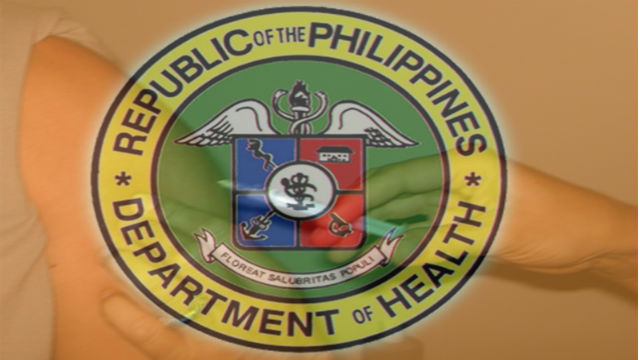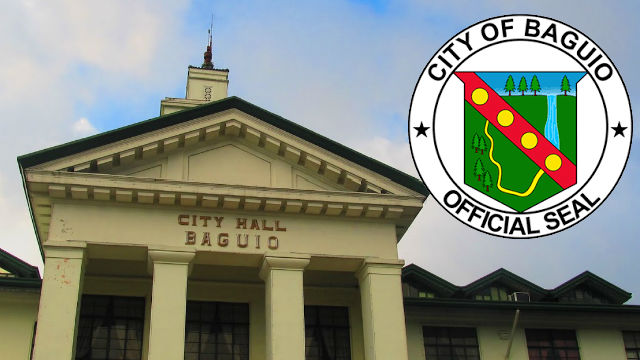BAGUIO CITY – Leptospirosis cases in the Cordillera from January 1, 2018 to October 6, 2018 totaled 80 cases which was 31 percent higher compared to the 61 cases reported by the agency during the same period last year.
Based on the data obtained from the Cordillera office of the Department of Health (DOH-CAR) Regional Epidemiology and Surveillance Unit (RESU), there were 5 fatalities due to leptospirosis in the region this year wherein 4 deaths were from the region while 1 death was considered to come from outside the region and that the same is much higher compared to the single death recorded by the agency for the similar reckoning period last year.
The reported leptospirosis cases in the region came from Benguet with 14 cases or 17.5 percent of the total number of cases followed by Apayao and Baguio City with 10 cases each or 12.5 percent each; Kalinga – 7 cases or 8.8 percent; Ifugao – 4 cases or 5 percent; Abra and Mountain Province – 2 cases each or 2.5 percent each and non-Car provinces – 31 cases or 38 percent.
Health authorities reported that some 68 males were afflicted with the dreaded illness that represent 85 percent of the total number of leptospirosis cases that were recorded in the different parts of the region.
Further, the age range of the victims of leptospirosis range from 3 years old to 83 years old with a median of 36.5 years old.
Geeny Anne Austria of the DOH-CAR RESU explained that leptospirosis is a group of zoonotic bacterial disease with variable manifestations and it is characterized by the sudden onset of fever, headache, chills, severe myalgia in calves and thighs and conjunctiva suffusion.
According to her, other manifestations that may be present are diphasic fever, meningitis, palatal exanthema rash, haemolytic anemia, haemorrhage into skin and mucus membranes, hepato-renal failure, jaundice, mental confusion and depression, myocarditis and pulmonary involvement with or without haemorrhage and haemoptysis.
Experts revealed that the transmission of leptospirosis be through skin contact, especially when abraded, or of mucus membranes with moist soil, vegetation such as in rice fields or sugar cane plantation among other plantations contaminated with the urine of infected animals or contaminated water as in swimming, wading and flood waters, accidental immersion or occupational abrasion; direct contact with urine or tissues of infected animals.
She added the disease can be rarely transmitted through drinking of water or ingestion of food contaminated with the urine of infected animals, often rats; through inhalation of droplets aerosols of contaminated fluids.
Among the recommended prevention and control of the acquisition of leptospirosis include avoid swimming or wading in potentially contaminated water or flood water; use of proper personal protection like boots and gloves when work requires exposure to contaminated water; drain potentially contaminated water when possible and control rats in the household by using traps or other vermin control measures.
By Dexter A. See














